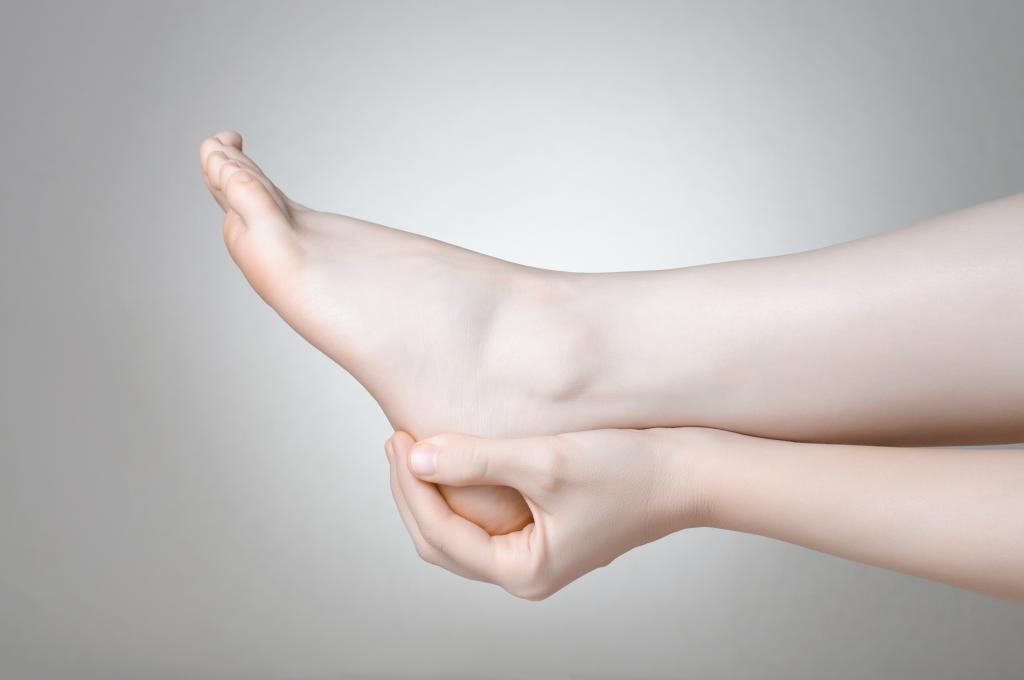
Preventing Plantar Fasciitis
There are some common sense steps that you can take to prevent plantar fasciitis or to stop the condition from progressing if you already suffer from it. Consider the following to help with Preventing Plantar Fasciitis
- Keep your feet in good shape. Always use shoes with appropriate arch support and heel cushioning. If you are required to stand on hard surfaces for extended periods of time at work, consider using a thick rubber mat. Standing on a mat will reduce stress on your feet.
- Stretch and strengthen the Achilles tendon located at the back of your heel. We often think that an exercise and stretch routine is only important before participating in sports, however it is extremely helpful for non-athletes too. Talk to your healthcare provider is he or she can recommend a good stretching routine.
- Stay in shape and maintain a low BMI. Being just a few pounds overweight can aggravate your heel pain.
- Establish good exercise habits. Increase your exercise levels gradually, and wear supportive shoes.
- If you are a runner, alternate between running and another activity that doesn’t worsen your heel pain.
- Put on shoes with good support immediately after getting out of bed. Don’t go barefoot or wear slippers. This can put undue stress on your feet.
Plantar Fasciitis at Work
If you suspect that your responsibilities at work may have caused your heel pain, talk to your human resources director. He or she may be able to provide you with information regarding alternative techniques to complete your job in a way that will not worsen your heel pain. If you participate in sports or other athletic endeavors, you should speak to a sports trainer or Podiatrist to learn about a conditioning and training curriculum to prevent your plantar fasciitis from returning.
Extra weight can put excess stress on your feet. If this is the case, your physician will likely suggest some ways for you to lose weight.
Can Plantar Fasciitis Come Back?
Yes, in some cases even after treatment or after following preventive tips plantar fasciitis may come back. If you are suffering from repetitive plantar fasciitis then these can be the reasons:
- Not Stretching Before Exercise
Warm up before any kind of exercise is really important, it helps your muscles to stretch, keeps them flexible, healthy and strong which can help you avoid many injuries like plantar fasciitis.
However, if you don’t stretch even after your doctor recommend you to then you are putting yourself at a huge risk of developing injuries on your fascia.
You should give some rest to your legs too, after exercises if you don’t give them rest then they may become sore due to fatigue.
This will make it harder for them to work which causes plantar fasciitis.
Are there any warning signs or symptoms to watch for that might indicate you’re at risk for plantar fasciitis?
While there are no definitive warning signs that indicate you’re at risk for plantar fasciitis, there are certain factors that can increase your risk. These include:
– Flat feet or high arches
– Being overweight or obese
– Standing for long periods of time
– Engaging in activities that put stress on your feet, such as running or dancing
– Wearing shoes with inadequate support or cushioning
– Tight calf muscles or Achilles tendon
– Previous history of plantar fasciitis or foot injuries
If you have any of these risk factors, it’s a good idea to be mindful of any signs or symptoms of plantar fasciitis, such as heel pain, especially when you first get out of bed in the morning or after long periods of rest.
What role does footwear play in preventing plantar fasciitis?
Footwear plays a crucial role in preventing plantar fasciitis by providing support, cushioning, and stability to the feet. Here’s how footwear can help prevent plantar fasciitis:
- Arch Support: Shoes with good arch support help distribute pressure evenly across the foot and reduce strain on the plantar fascia.
- Cushioning: Adequate cushioning in the heel and forefoot area helps absorb shock and reduce impact on the plantar fascia.
- Heel Support: Shoes with a firm heel counter (the back part of the shoe that surrounds the heel) provide stability and help prevent excessive pronation (inward rolling) of the foot, which can strain the plantar fascia.
- Proper Fit: Shoes that fit properly and are not too tight or too loose can help prevent rubbing and irritation that can contribute to plantar fasciitis.
- Orthotic Inserts: In some cases, wearing orthotic inserts or arch supports in your shoes can provide additional support and help prevent plantar fasciitis, especially if you have high arches or flat feet.

